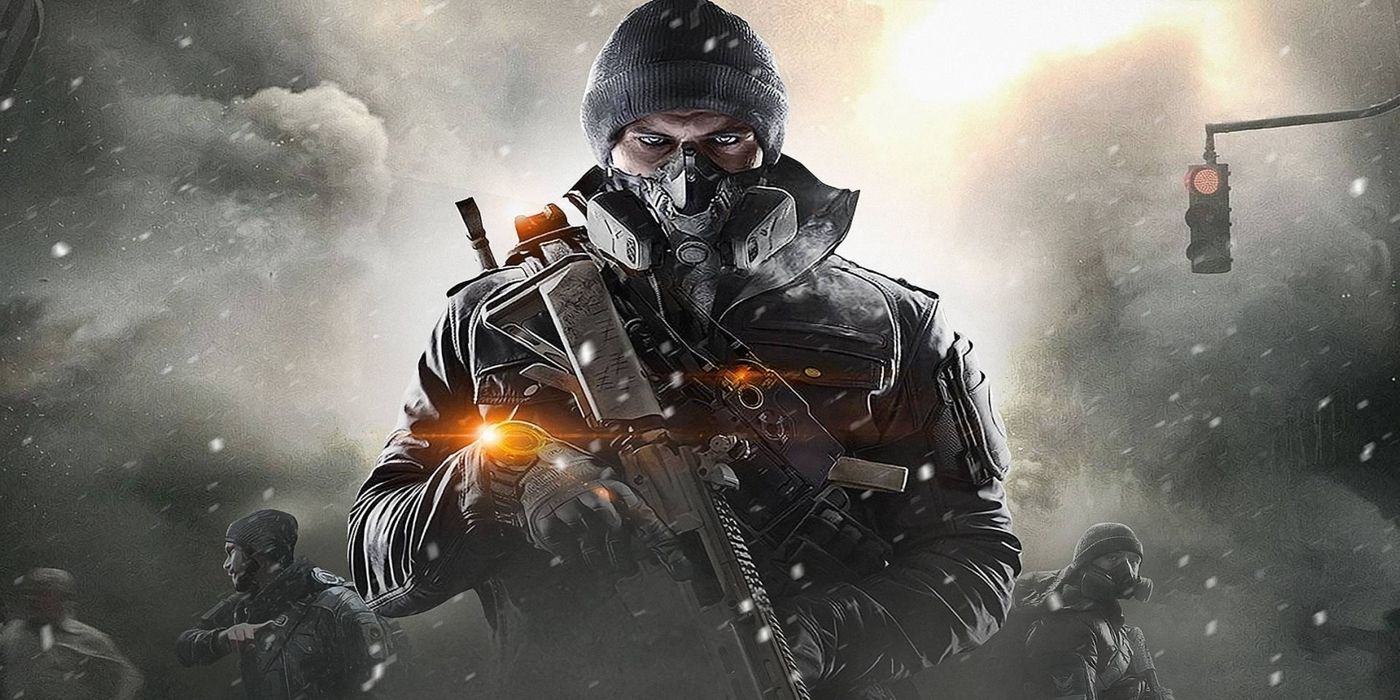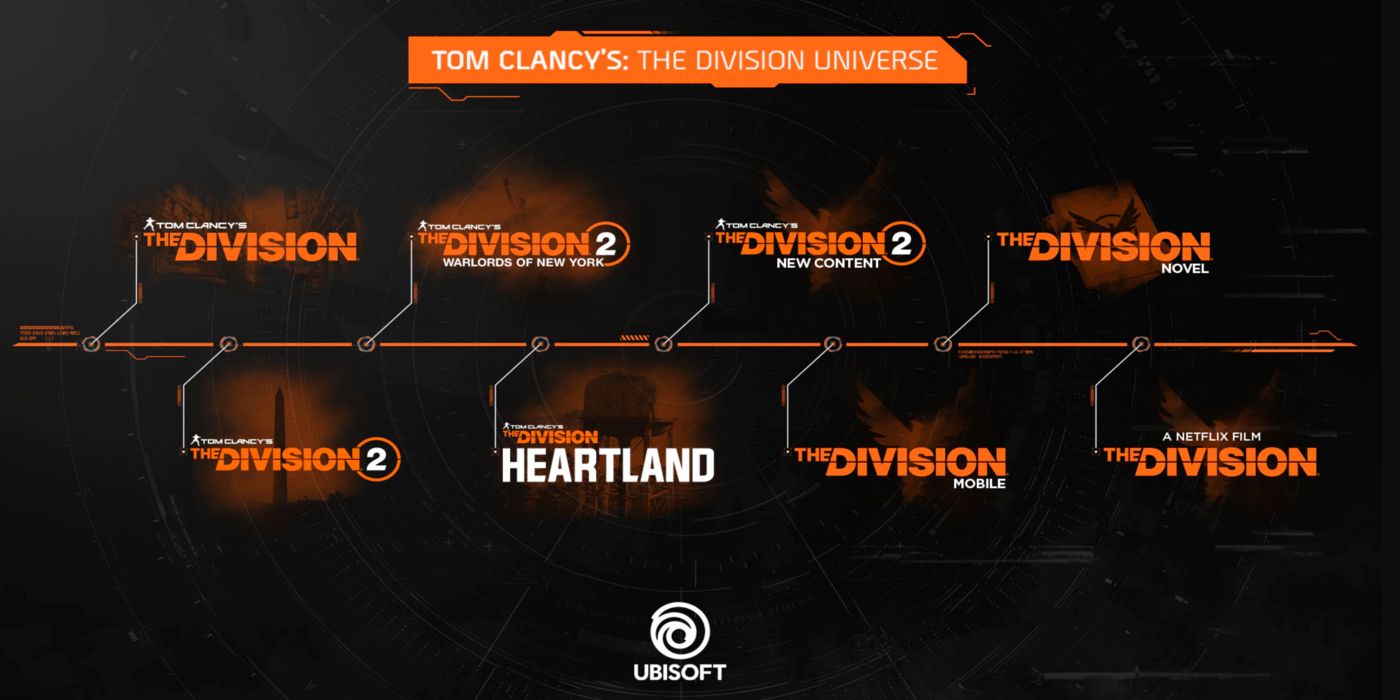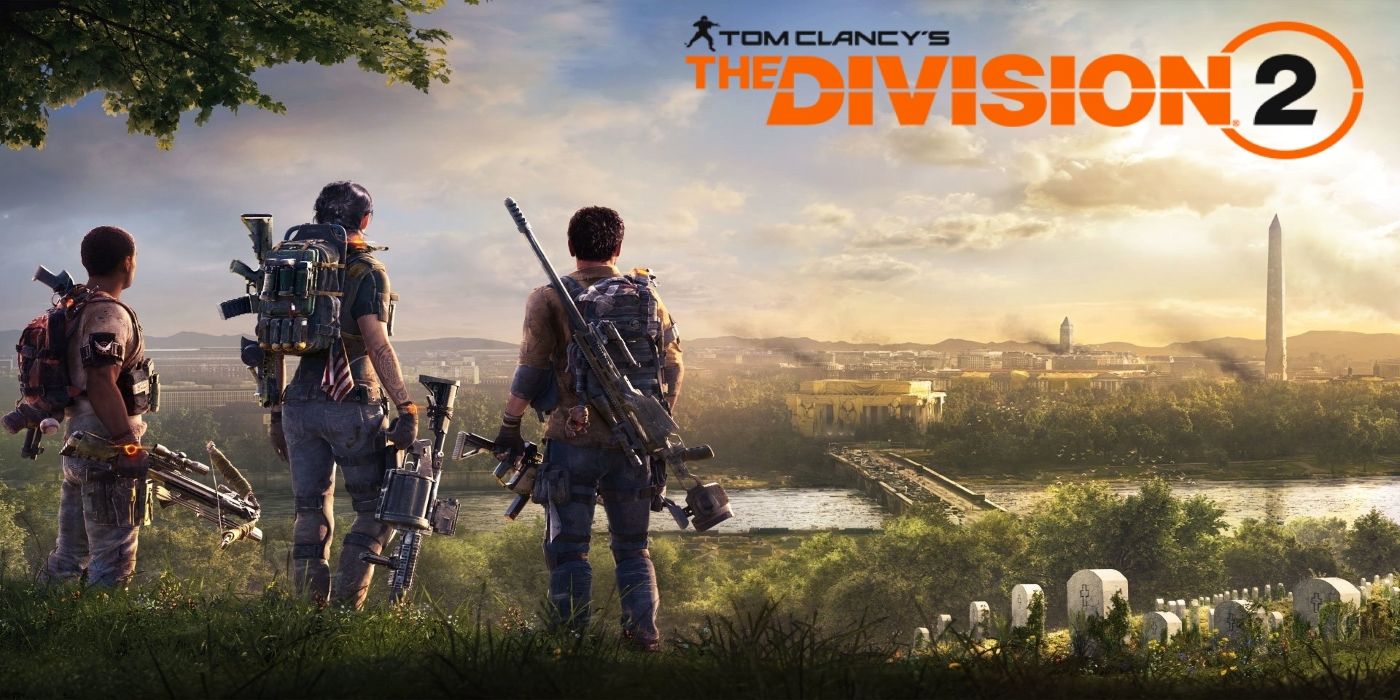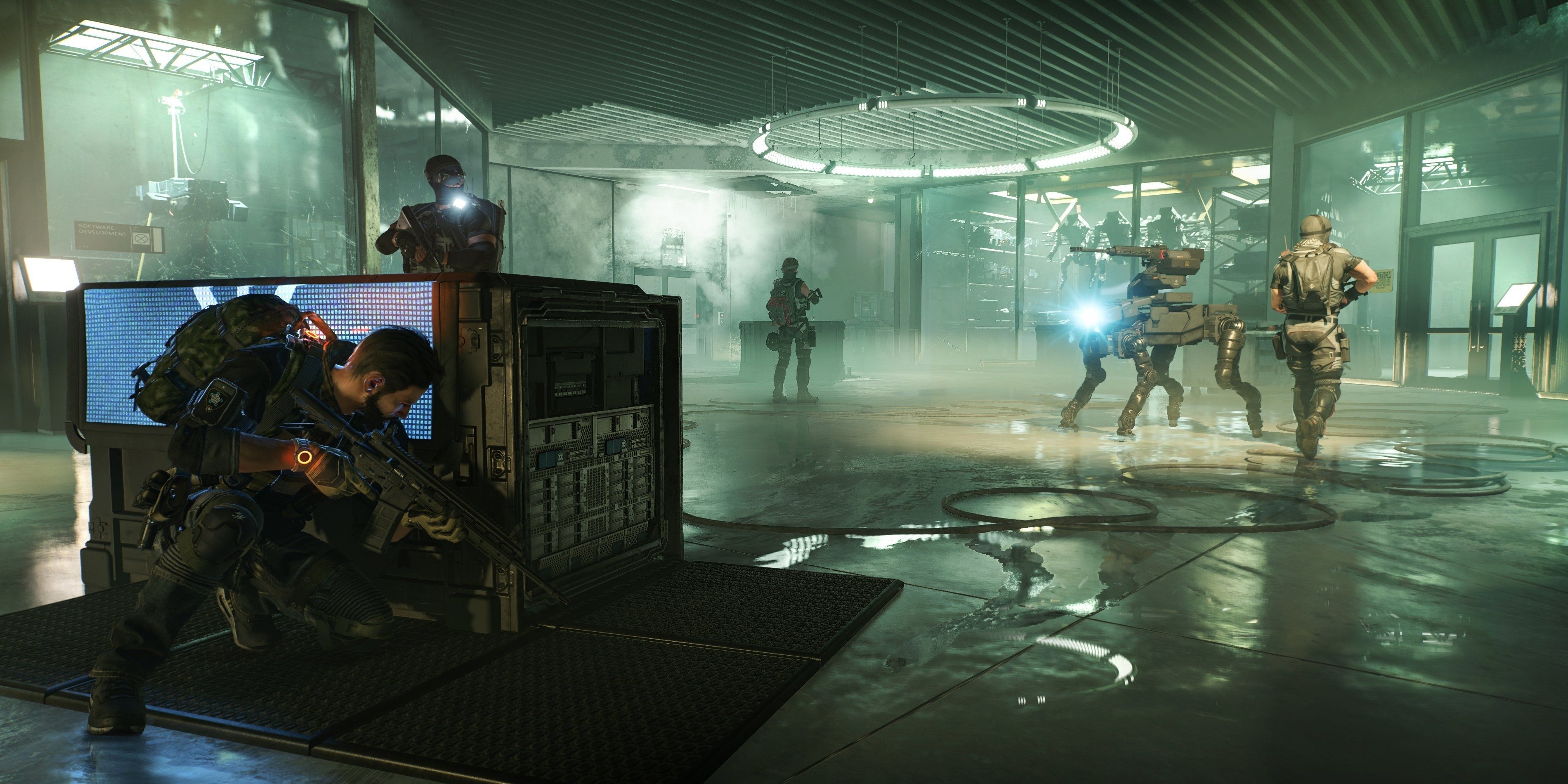
Dating back to 1998, Tom Clancy games have been a staple of the console gaming space since 3D models were in their early days. Today, games in the various Tom Clancy series are some of the most popular around, and it seems like Ubisoft wants them to stay that way. Earlier this month, the publisher announced the Tom Clancy's The Division universe which includes The Division and its sequel and various DLCs, as well as an upcoming free-to-play game titled The Division Heartland, a novel, a Netflix film and a mobile game.
The Tom Clancy series is no stranger to any of these types of media, yet the inclusion of a new mobile game is perhaps the most enticing part of the news. Because there have already been plenty of Tom Clancy books, films and console games, the second Tom Clancy mobile game has a lot to live up to, especially since it's tied to the massively popular The Division series. While the other mobile game from the series, Tom Clancy's Elite Squad, is undeniably popular, The Division mobile game needs to step things up to truly make it an essential part of the Division universe.
RELATED: The Division 2 Player Turns Their Character Into Chuck Norris Using Deepfake

Translating a game series that was created for consoles to mobile devices is no easy task. With the general lack of usable buttons and a focus on touch screen elements, Ubisoft needs to come up with new ways to capture the essence and feel of The Division while also using a limited number of inputs. To do this, the studio needs to strip away all of the excess mechanics from the series and hone in on what makes The Division and The Division 2 work. The two essential parts of the console version of the games that seem like they'd be able to make the jump to mobile easily are the loot-based progression elements and the strategic cover-based shooting.

The loot elements are a relatively simple formula that Tom Clancy's The Division and its sequel have already mastered. Each firefight ends with a walk through the battlefield for players to pick up and equip the loot that their enemies dropped. Because new, better loot is constantly being equipped, progression feels like it's happening at the end of every encounter. Transitioning that loop to a mobile game would be simple as it's mostly menu navigation, something that touch screens are designed to excel at.

Translating the moment-to-moment action gameplay over to mobile might also be just as simple. While The Division isn't a turn-based strategy shooter, it certainly feels like one with the way that combat encounters need to be thought out. Choosing when and where to dart in and out of cover takes a certain strategic mind that isn't always necessary in other third-person shooters. The cover system in The Division is easily mapped to two buttons. Taking cover requires a single button press and vaulting over it is another. When the player is ready to advance, they select where they're wanting to go and hold down the cover button. A mobile version of that done solely using a touch screen doesn't seem too far out.
The Division mobile doesn't need to use these specific gameplay features to be successful. However, it might not be a bad idea for the studio to go back to the basics and understand what makes the console game appealing in the first place. If the mobile version doesn't feel right, then it might not grab players who are fans of the console game. Many mobile shooters that adapted themselves from console and PC counterparts have already figured out the formula, including Call of Duty, PUBG and Fortnite, so hopefully The Division mobile is another step in the right direction.
The Division 2 is available on PC, PS4, Stadia and Xbox One.
MORE: How The Day Before Can Separate Itself From The Division

